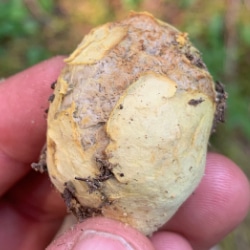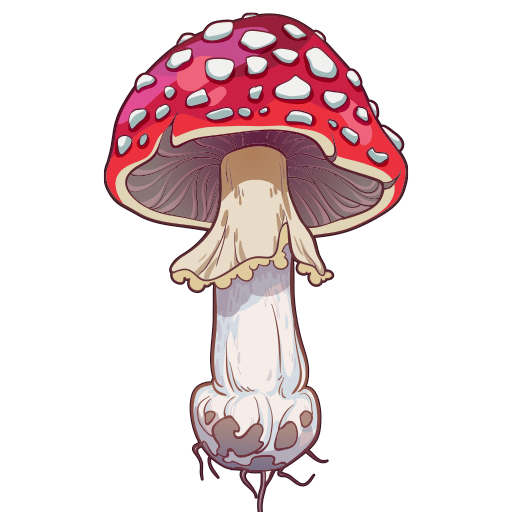Western White Pine Pinus monticola
The Western White Pine grow among fir and hemlock dense forests, although they aren’t a great competitor for the sunlight that it requires to grow. This species does however benefit from fires that wipe out the more heat sensitive trees such as the Hemlock. This gives it a chance to regenerate from surviving cones, and often out grow other tree species during the regrowth period (Arno & Hammerly. Northwest Trees).
Monticola, of the scientific name, means “mountain dweller,” because it is found in moist, mountainous areas of Washington and Oregon, and into Idaho- where the largest remainging white pine currently exist.
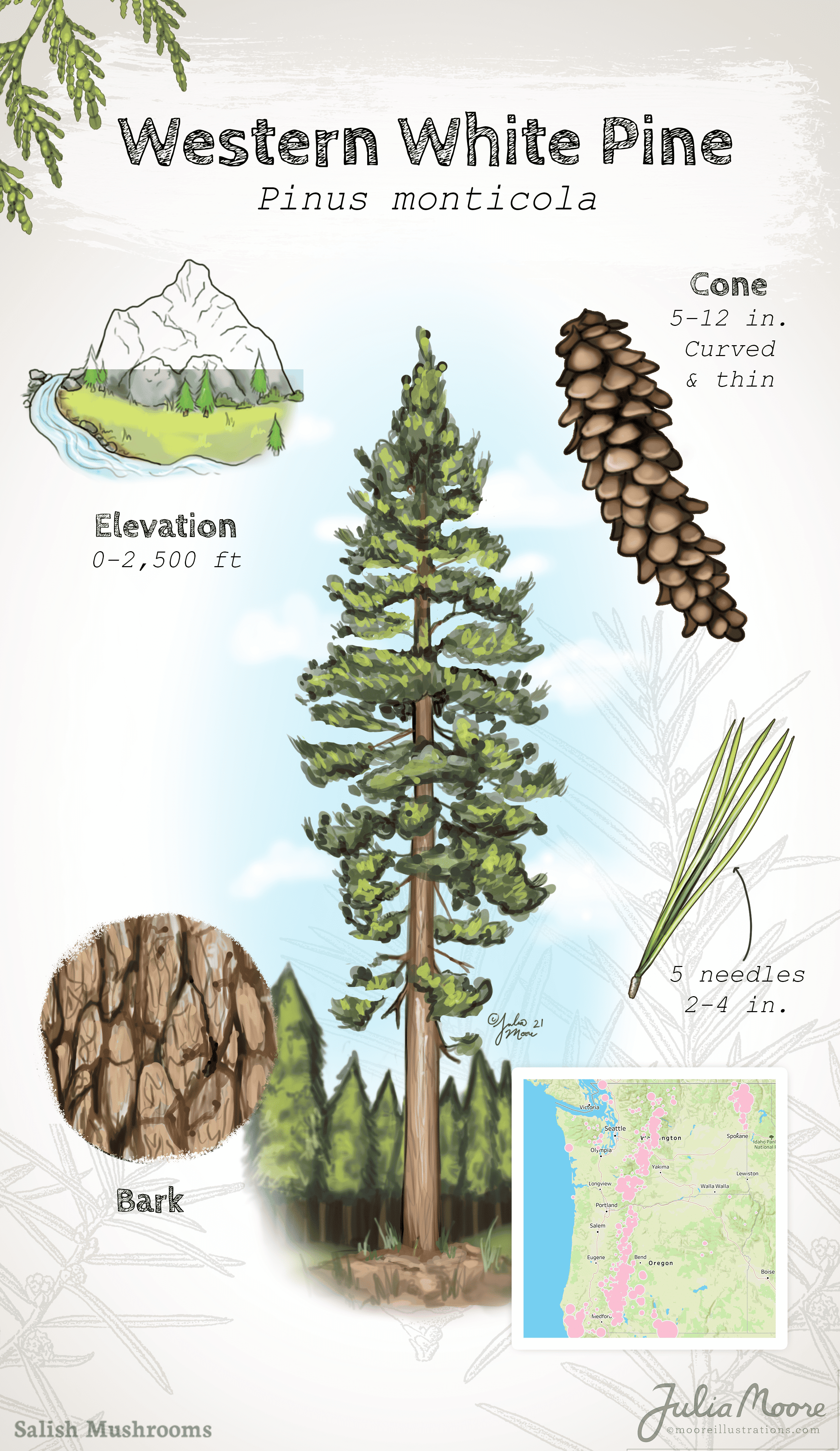
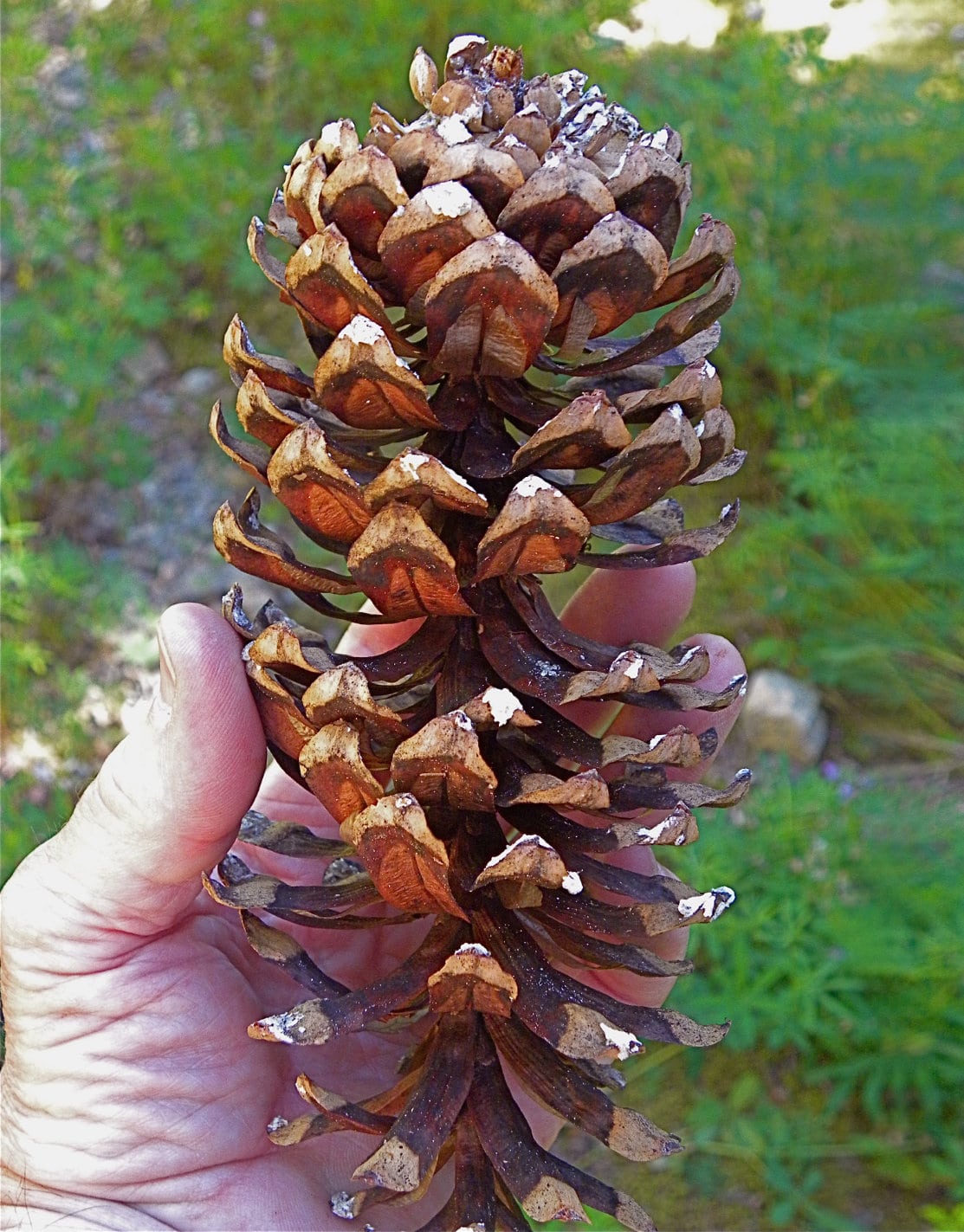
Cones (Female)
- 5-12 in long
- Slender
- Brown
- Slightly curved, thin scales
- Fall in tact
- Often covered in pitch/ resin
- Cluster near the tips of branches towards the top

Cones (Male)
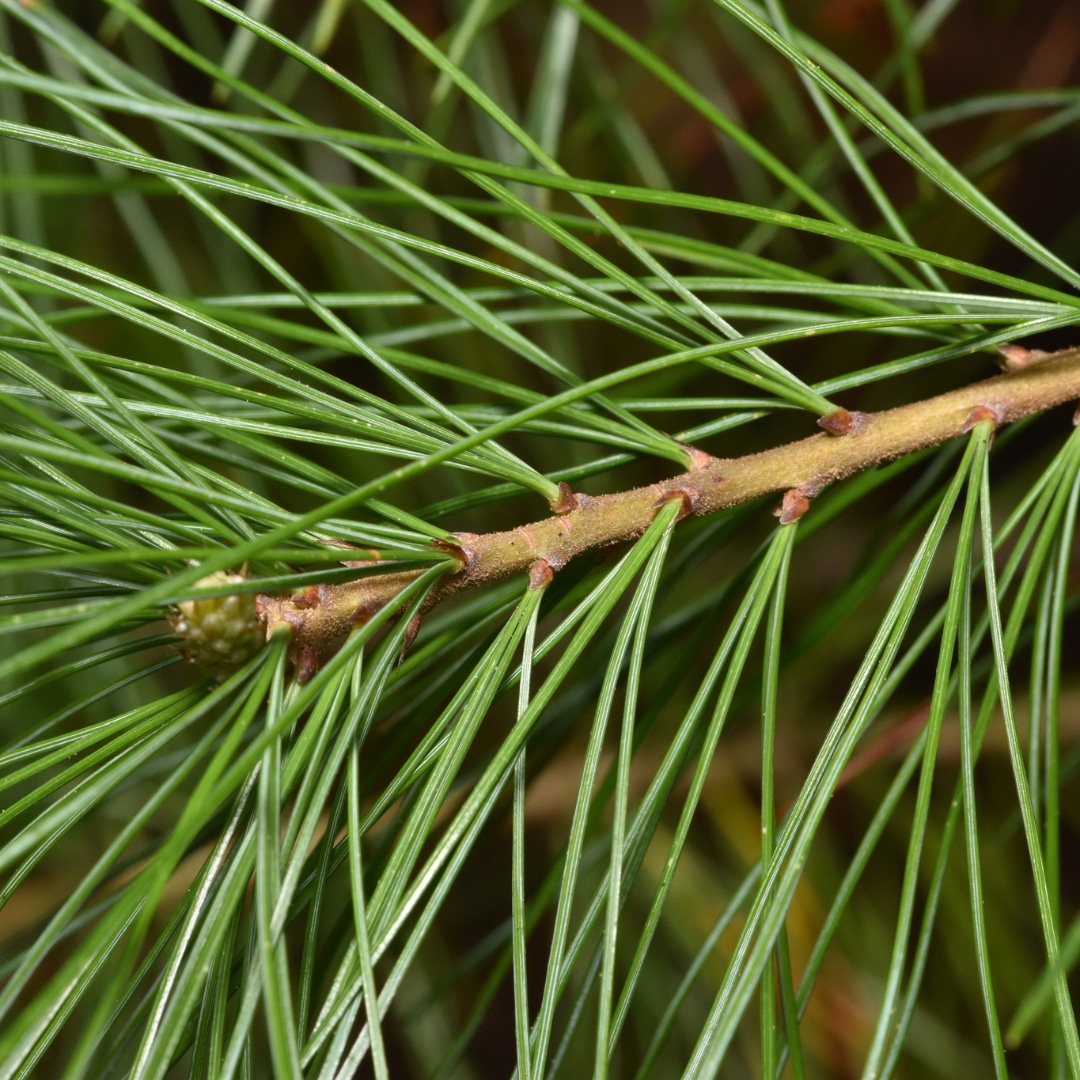
Leaves (needles)

Bark
Distribution of Western White Pines in Washington State
Western White Pine are found primarily in the eastern Cascades, east Rainier, the Gifford Pinchot, and Colville National Forest. They seem to thrive in a variety of habitats that have a wide range of temperatures and annual precipitation.
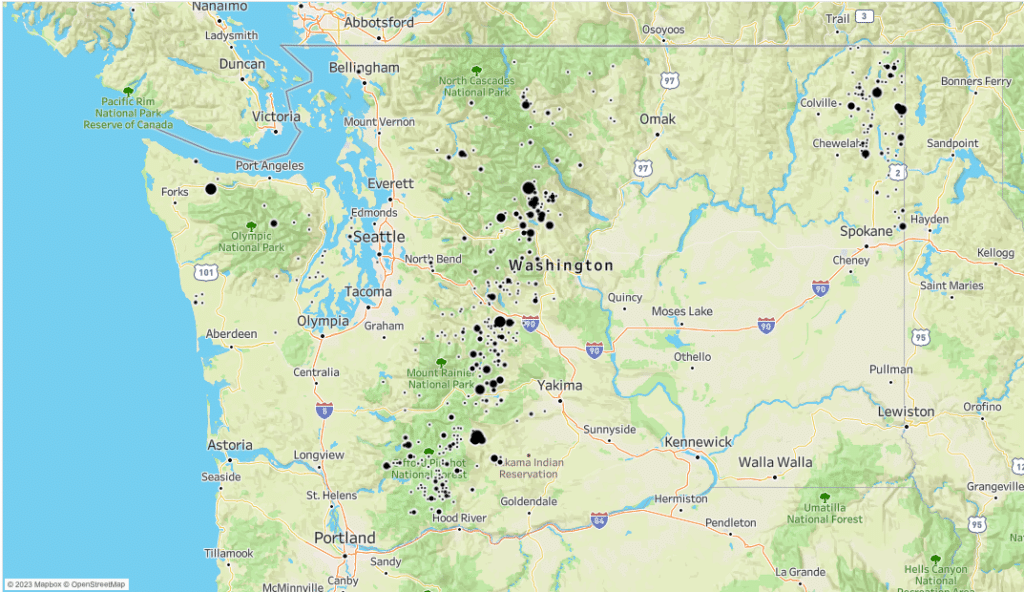
Did you know?
Soft Pines such as the Western White Pine will have needles growing in groups of 5, while needles belonging to hard pines grow in groups of 3.
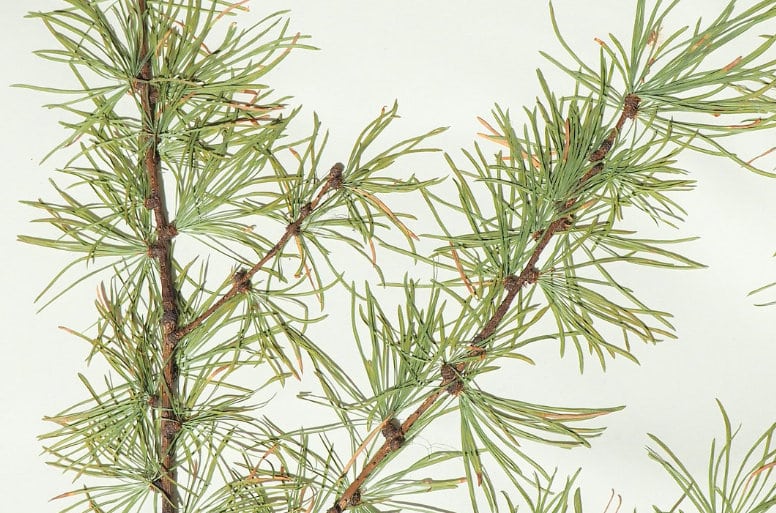
Mushrooms Associated with Western White Pine
Agrocybe
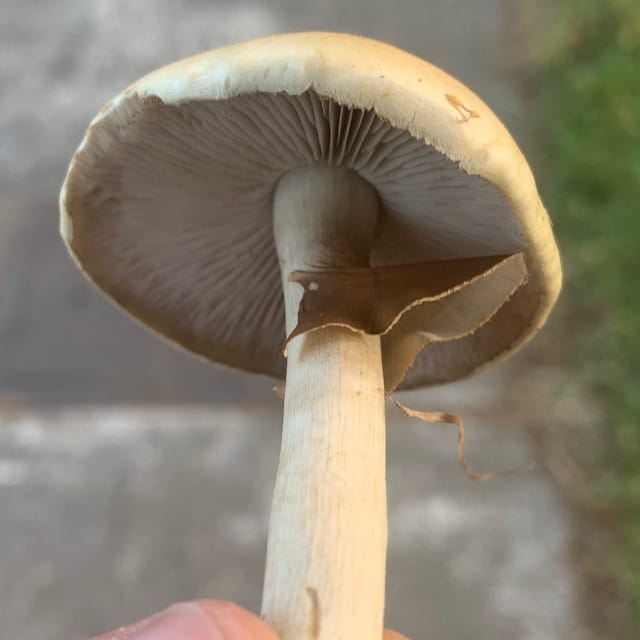
Amanita
Amanita augusta
Amanita muscaria
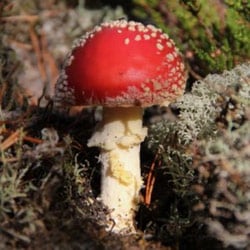
Boletus
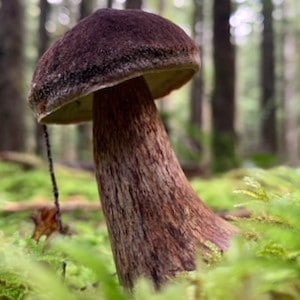
Boletus edulis
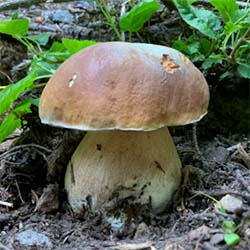
Bondarzewia occidentalis
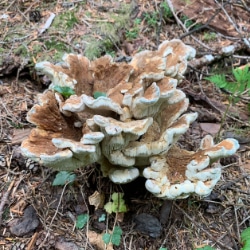
Cantharellus
Cantharellus subalpinus
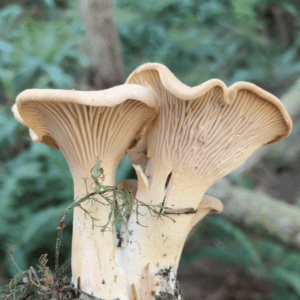
Chroogomphus tomentosus
Clitocybe glacialis
Cortinarius
Cortinarius subolivascens
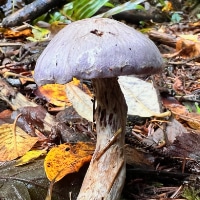
Dacrymyces chrysospermus
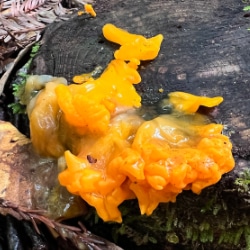
Entoloma
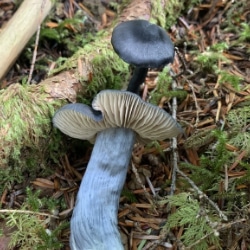
Fomitopsis
Fomitopsis schrenkii
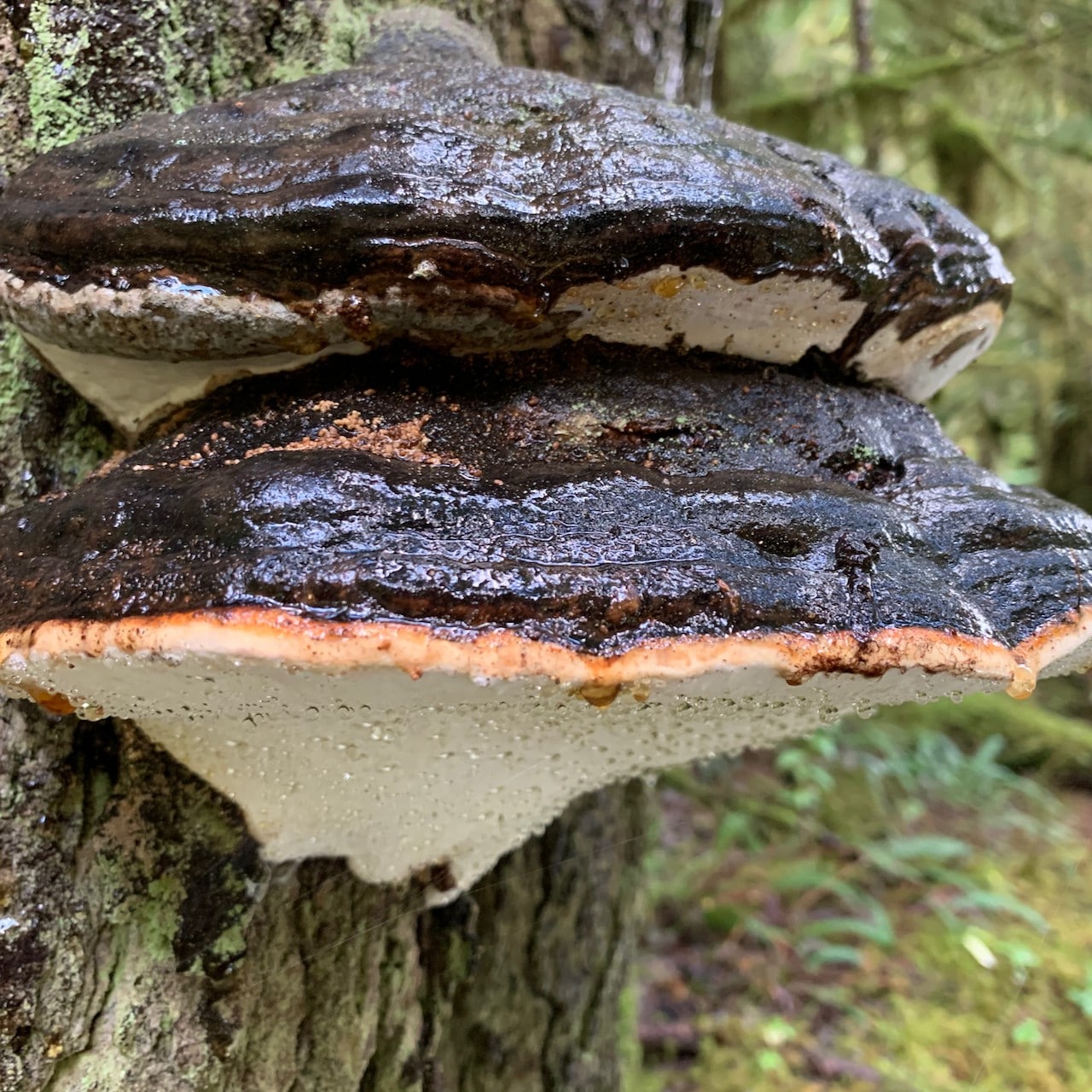
Ganoderma

Gymnopilus
Gymnopilus humicola
Gymnopilus ventricosus
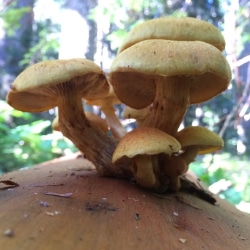
Hydnellum
Hydnellum peckii

Hygrocybe
Hygrocybe phaeococcinea
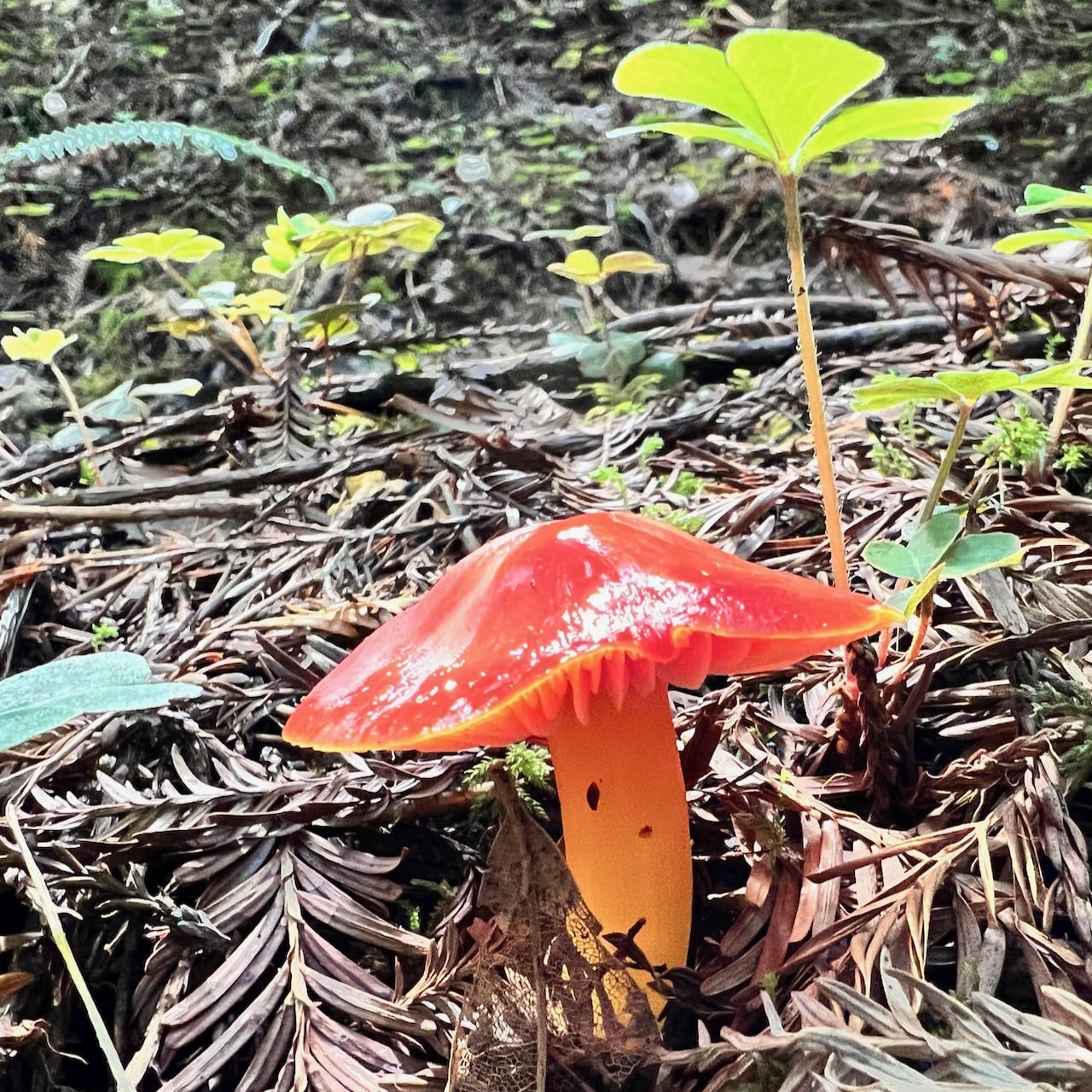
Hygrophorus
Hygrophorus purpurascens
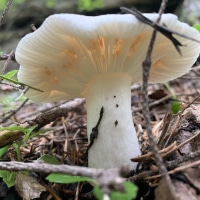
Hypholoma capnoides
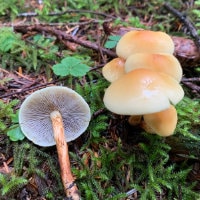
Leccinum
Leucopaxillus
Leucopaxillus albissimus
Leucopaxillus gentianeus

Lycoperdon
Lycoperdon dermoxanthum
Lycoperdon pyriforme
Lycoperdon umbrinum
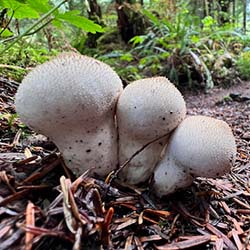
Morchella
Morchella eximia
Morchella snyderi
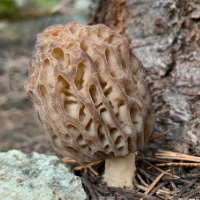
Mycena
Mycena nivicola
Mycena pura

Phellodon
Phellodon melalecus

Phlebia

Psathyrella
Psathyrella carbonicola
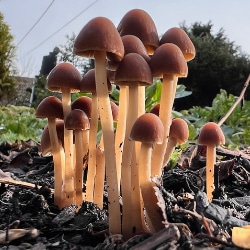
Pseudohydnum gelatinosum

Ramaria
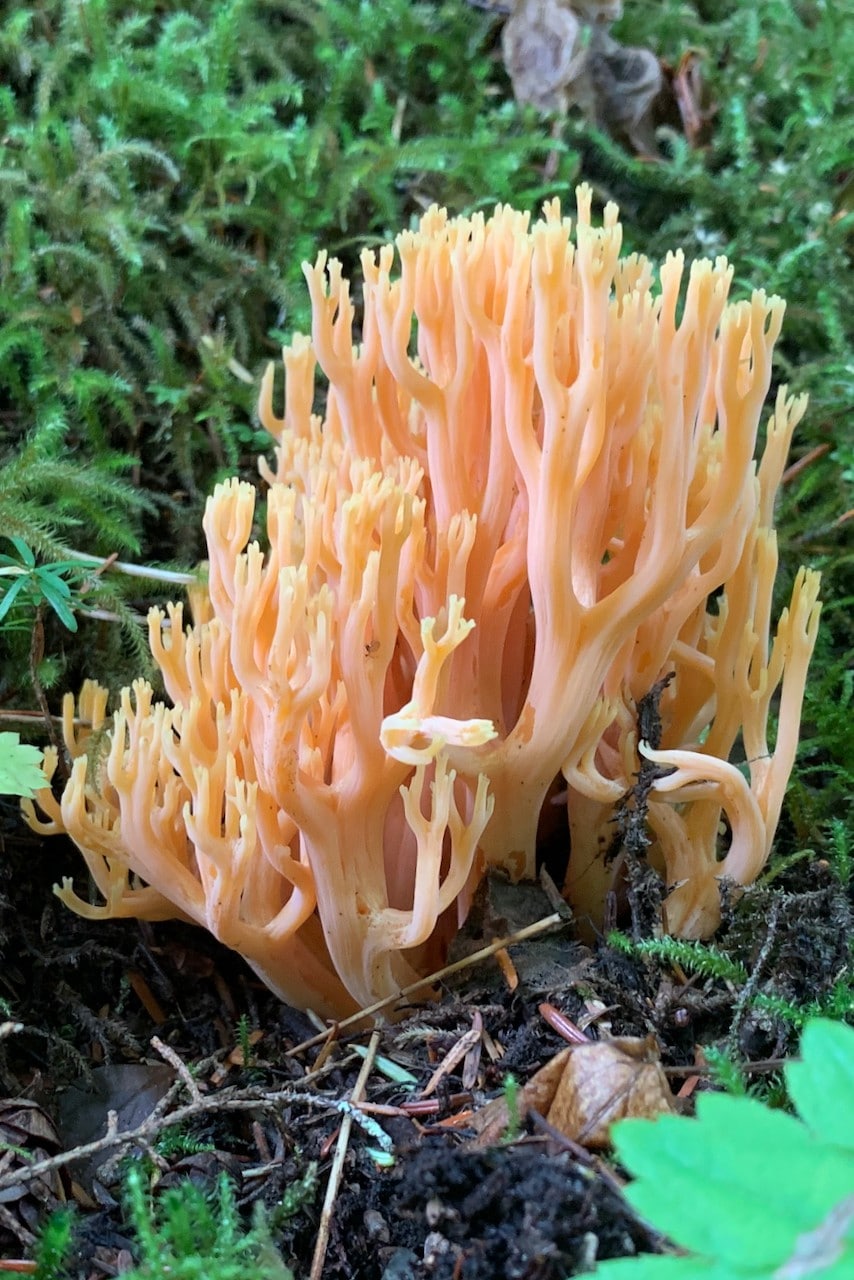
Rhizopogon
Rhizopogon ellenae
Rhizopogon occidentalis
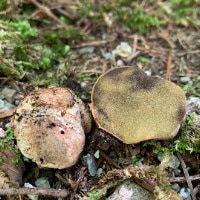
Russula
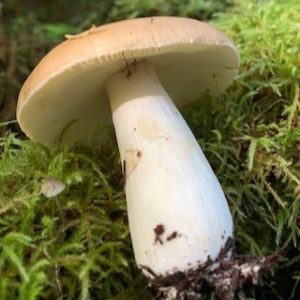
Sarcodon
Sarcodon imbricatus
Sarcodon indurescens

Strobilurus

Suillus
Suillus americanus
Suillus brunnescens
Suillus occidentalis
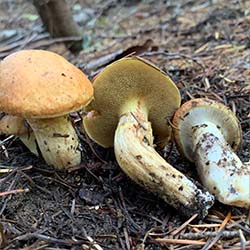
Tapinella atrotomentosa

Tricholoma
Tricholoma moseri
Tricholoma murrillianum
Tricholoma vaccinum

Truncocolumella citrin
